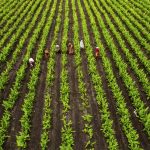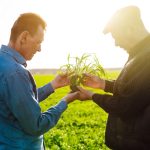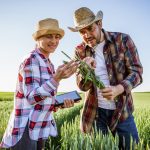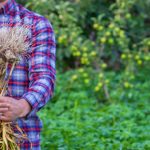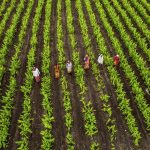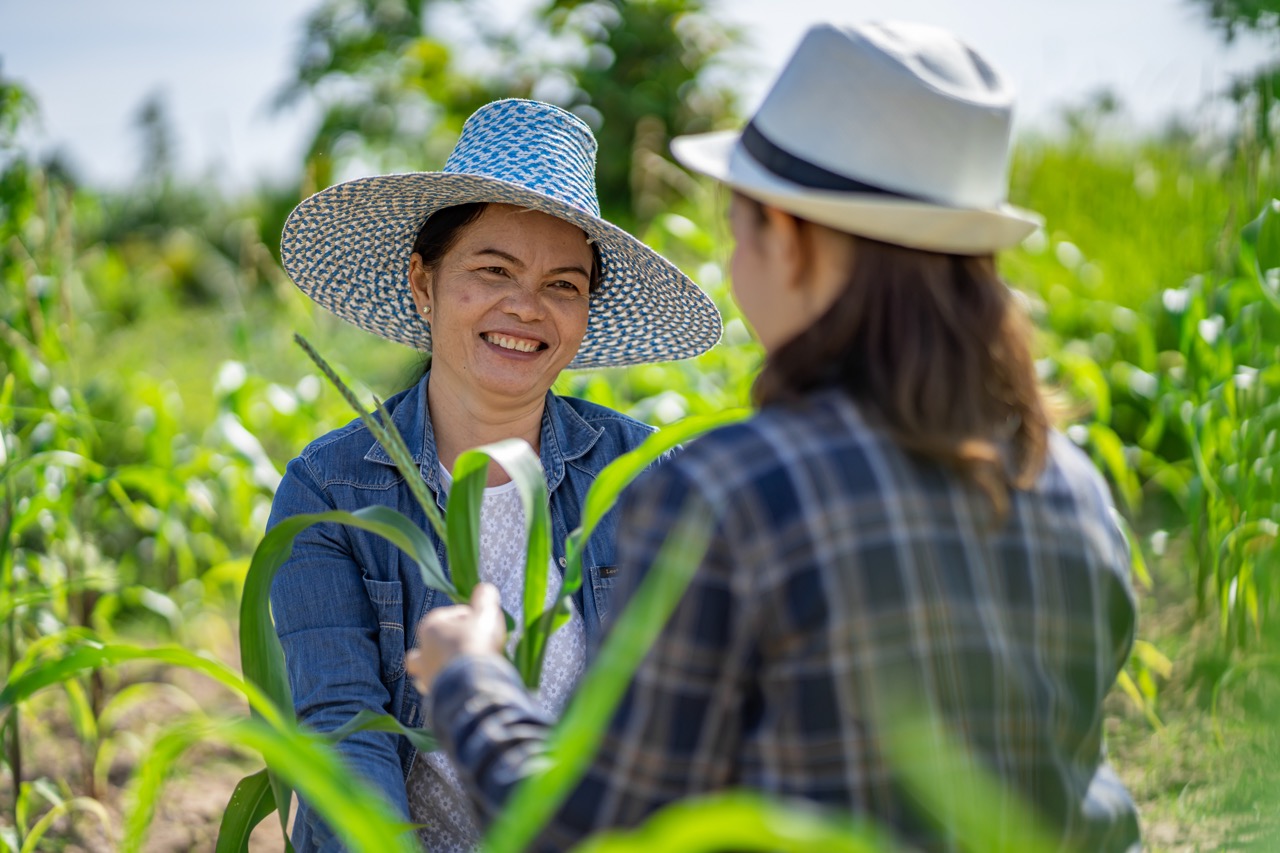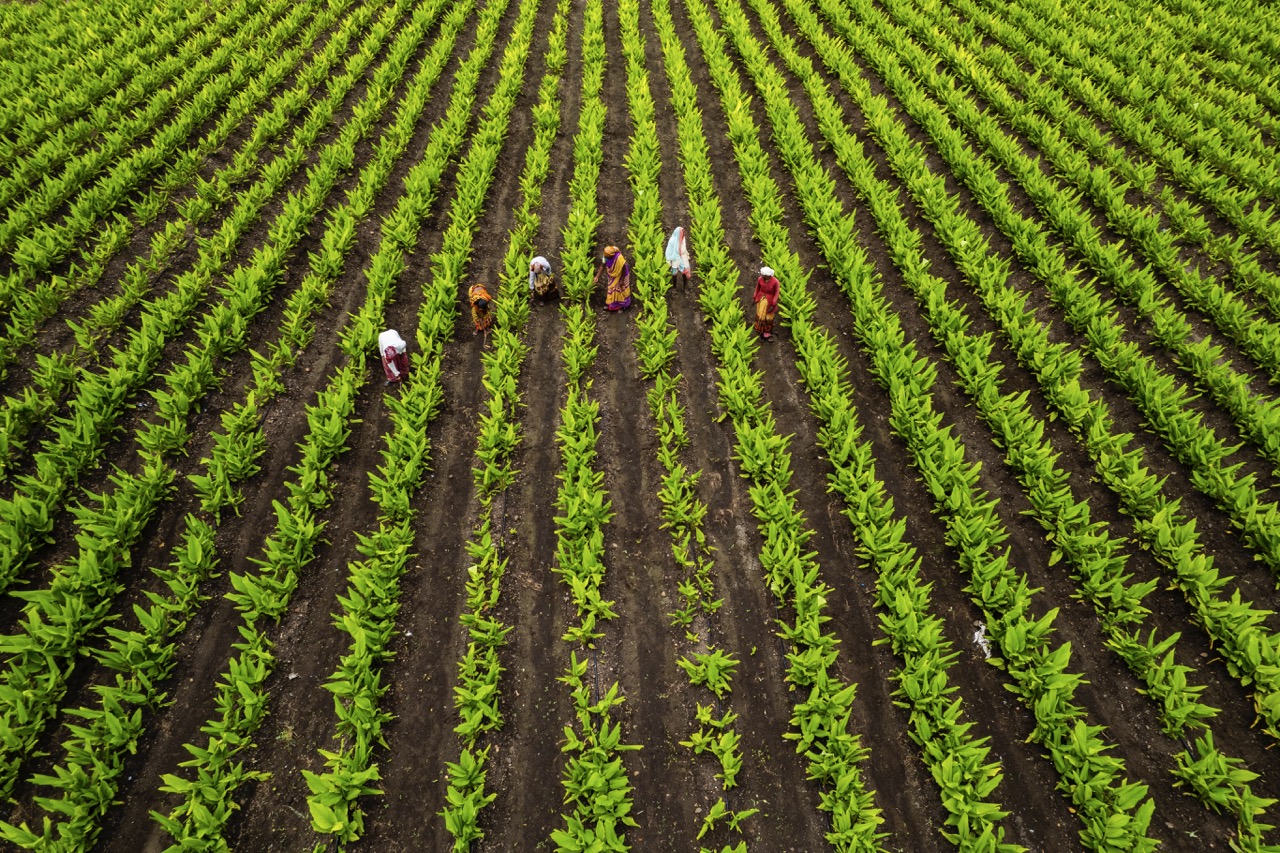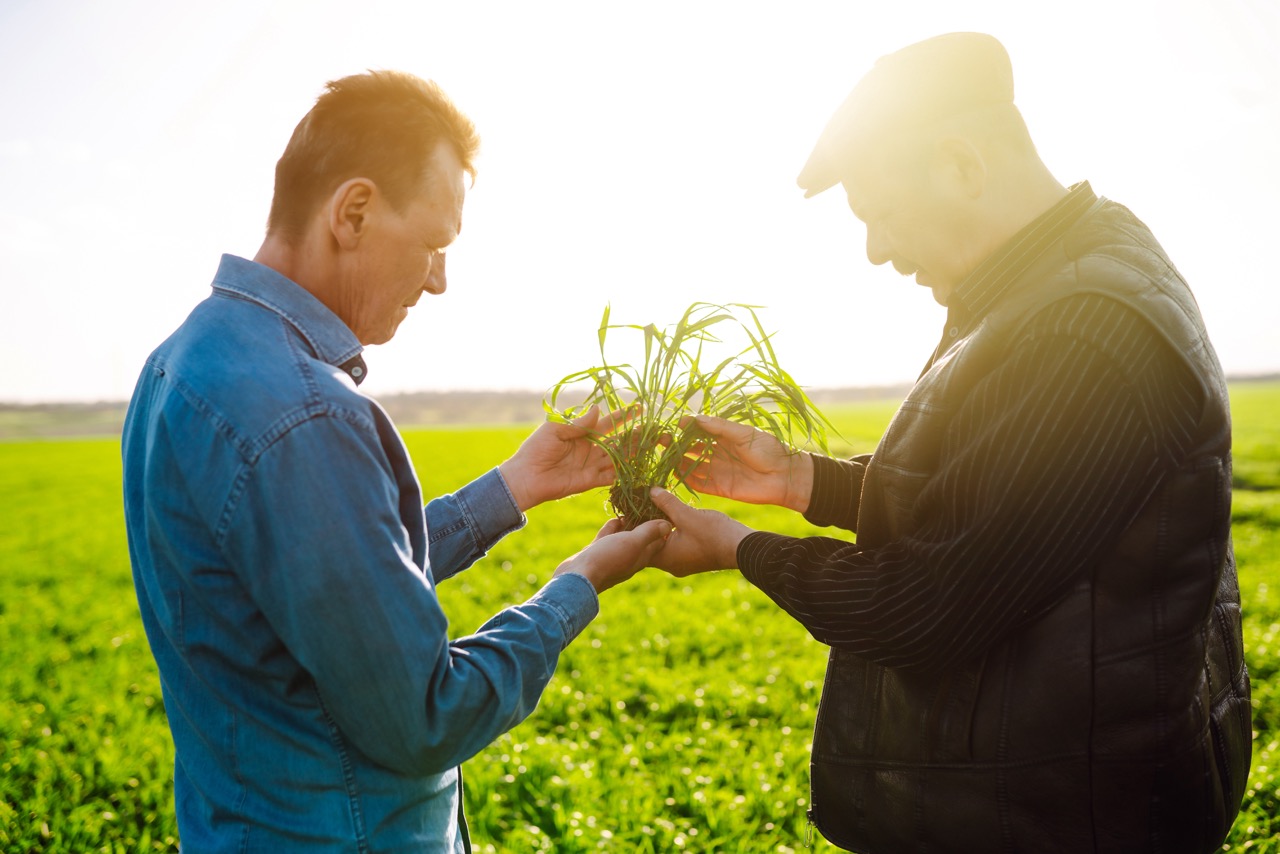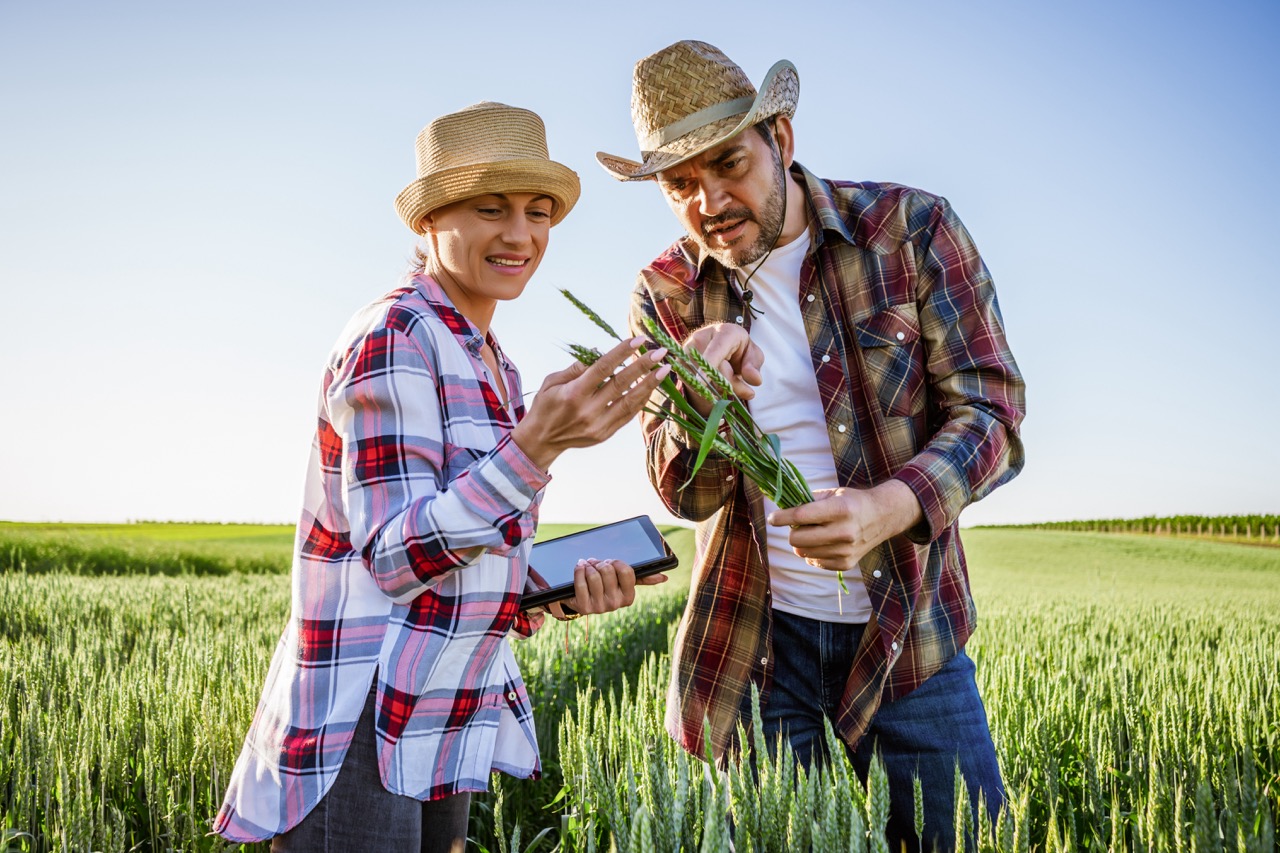Water is a vital resource in agriculture, often determining the success of crop yields and the sustainability of farming practices. With climate change and increasing population pressures, water scarcity is becoming a pressing concern, particularly in sharecropping systems where multiple stakeholders depend on the same plots of land. Integrating efficient water conservation techniques into sharecropping not only benefits the environment but also enhances the economic viability of farms. This article explores the significance of water conservation in agriculture, innovative techniques available to sharecroppers, sustainable practices for implementation, and success stories demonstrating the impact of these strategies.
Understanding the Importance of Water Conservation in Agriculture
Water conservation is crucial for ensuring the sustainability of agricultural practices, especially in regions prone to drought or water scarcity. As global temperatures continue to rise, the demand for water in agriculture is projected to increase significantly, placing additional stress on already limited resources. Sharecroppers, who often rely on traditional farming methods, face the challenge of balancing crop productivity with the need to conserve water. The adoption of water conservation techniques is essential not only for maintaining crop yields but also for preserving the ecological integrity of farming environments.
Moreover, effective water management can lead to improved soil health, which is critical for long-term agricultural productivity. When water is used efficiently, it reduces the risk of soil erosion, salinization, and nutrient leaching, all of which can compromise the land’s fertility. Water conservation also promotes biodiversity, as it helps maintain the natural habitats that support various species. By prioritizing water conservation, sharecroppers can contribute to a more resilient agricultural ecosystem while enhancing their own livelihoods.
Lastly, government policies and market pressures are increasingly favoring sustainable practices, making water conservation not just an environmental imperative but also an economic one. Sharecroppers who integrate these techniques can gain access to funding and resources aimed at promoting sustainable agriculture. As consumers become more mindful of their environmental footprint, the demand for sustainably grown products increases, positioning sharecroppers who adopt water conservation methods at a competitive advantage in the marketplace.
Innovative Water-Saving Techniques for Sharecroppers
Sharecroppers can employ various innovative techniques to conserve water, starting with rainwater harvesting systems. These systems collect and store rainwater for irrigation, reducing dependence on traditional water sources. By capturing runoff from rooftops and other surfaces, sharecroppers can create reservoirs that provide a supplemental water supply during dry spells. This method not only conserves water but also reduces soil erosion and runoff, contributing to healthier farming practices.
Drip irrigation is another effective technique that minimizes water usage while maximizing efficiency. In this system, water is delivered directly to the root zone of plants through a network of tubes and emitters, allowing for precise control over water application. This targeted approach reduces evaporation and runoff, ensuring that crops receive only the water they need. Additionally, drip irrigation can be easily integrated into existing sharecropping systems, making it an accessible option for many farmers.
Furthermore, the use of drought-resistant crop varieties is gaining traction among sharecroppers who wish to optimize water usage. These crops are specifically bred to withstand dry conditions and require less water than traditional varieties. By incorporating these resilient species into their farming practices, sharecroppers can maintain or even improve their yields while using significantly less water. Ultimately, these innovative techniques present sharecroppers with opportunities to enhance productivity while safeguarding precious water resources.
Implementing Sustainable Practices in Sharecropping Systems
To effectively integrate water conservation techniques into sharecropping systems, stakeholders must focus on education and collaboration. Training programs that provide sharecroppers with information on water-saving techniques can empower them to make informed decisions about their farming practices. Workshops and community gatherings can facilitate knowledge-sharing, allowing farmers to learn from one another’s experiences and successes. By fostering a culture of collaboration, sharecroppers can collectively work towards more sustainable practices.
Additionally, the implementation of agroecological principles can support water conservation efforts. This approach emphasizes the use of natural systems and processes to enhance agricultural productivity. Practices such as intercropping and cover cropping can improve soil structure, enhance moisture retention, and reduce the need for supplemental irrigation. By diversifying crop systems and prioritizing ecological balance, sharecroppers can create more resilient farming environments that are better equipped to withstand water shortages.
Finally, establishing partnerships with local governments, NGOs, and agricultural organizations can provide sharecroppers with access to resources, funding, and expertise in water conservation. Collaborative projects that focus on watershed management, infrastructure improvements, and technology adoption can significantly enhance water conservation efforts within sharecropping systems. Such partnerships not only support individual farmers but also contribute to community-wide resilience against water scarcity.
Measuring the Impact: Success Stories in Water Conservation
Numerous success stories illustrate the positive impact of integrating water conservation techniques into sharecropping systems. In regions like sub-Saharan Africa, initiatives aimed at promoting rainwater harvesting have transformed the livelihoods of sharecroppers. By implementing these systems, farmers have been able to increase their crop yields significantly, even in the face of prolonged drought conditions. Studies show that communities that adopted rainwater harvesting realized up to a 50% increase in agricultural productivity, demonstrating the potential of this practice.
Another compelling example can be found in India, where drip irrigation systems have been successfully implemented in sharecropping communities. Farmers who adopted these water-saving techniques reported not only reduced water usage but also higher income levels due to improved crop quality and reduced wastage. The successful deployment of drip irrigation in diverse climatic conditions highlights its adaptability and effectiveness in enhancing agricultural sustainability.
Lastly, a project in Latin America focused on introducing drought-resistant crop varieties within sharecropping systems has yielded impressive results. Farmers involved in the initiative reported significant improvements in crop survival rates during dry seasons, leading to greater food security and economic stability. This project underscores the importance of utilizing innovative agricultural practices tailored to local conditions, reinforcing the idea that sustainable water management can lead to transformative change in sharecropping systems.
Integrating water conservation techniques into sharecropping systems is not merely an environmental necessity but a pathway to sustainable agricultural practices that can benefit both farmers and the communities they serve. By adopting innovative methods such as rainwater harvesting, drip irrigation, and drought-resistant crops, sharecroppers can optimize their water usage and enhance their resilience to changing climate conditions. Collaborative approaches that emphasize education, sustainable practices, and partnerships will further support these efforts, paving the way for a more sustainable agricultural future. As success stories continue to emerge, the potential for water conservation to transform sharecropping systems becomes increasingly clear, promising both economic and ecological benefits for generations to come.
